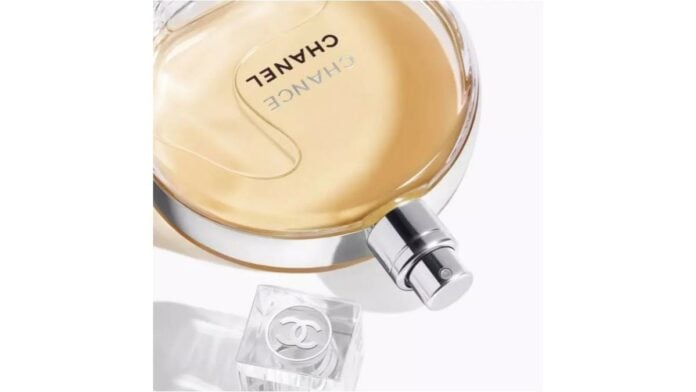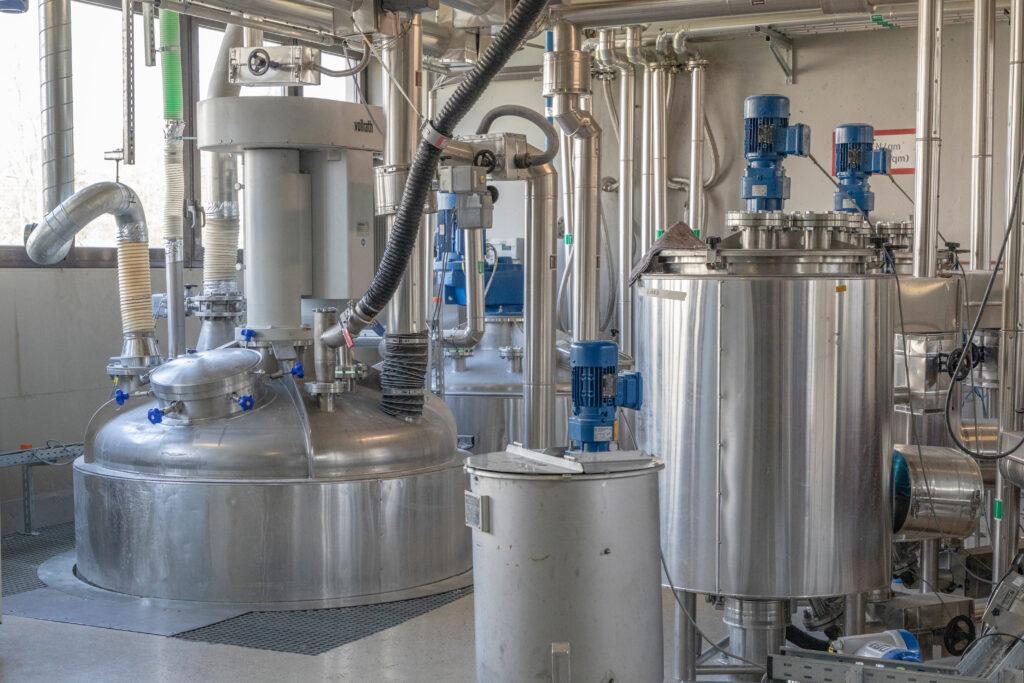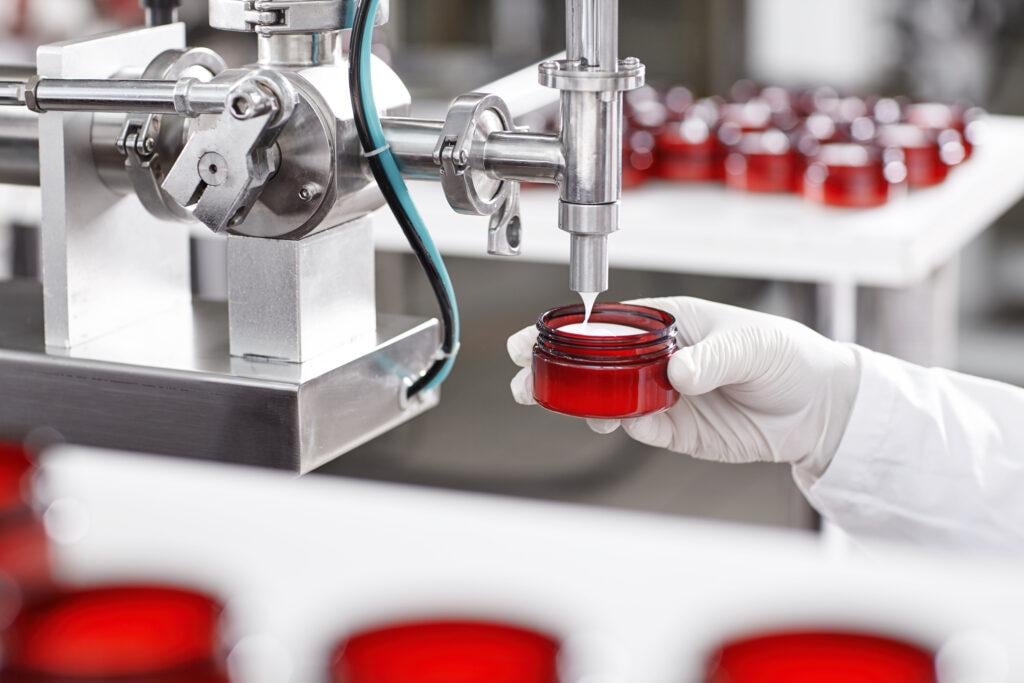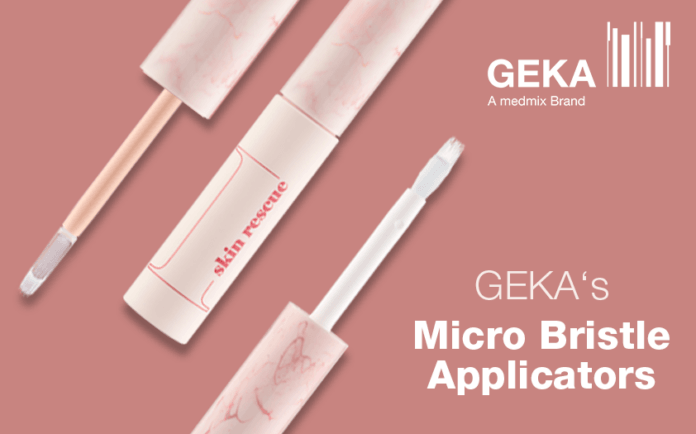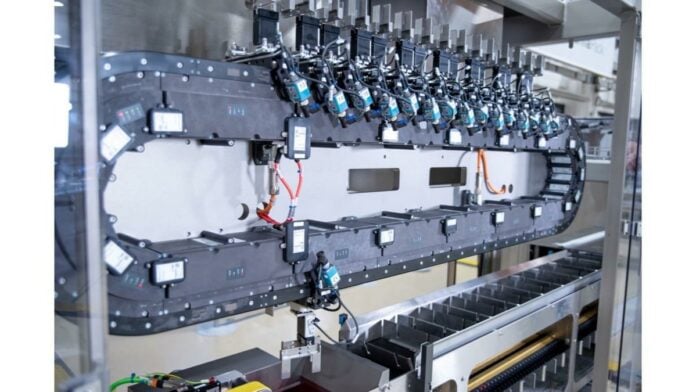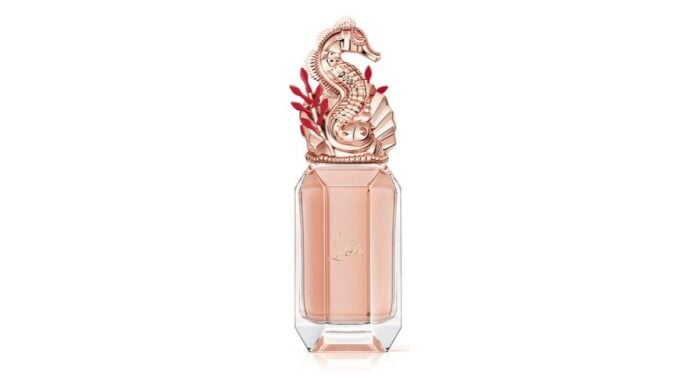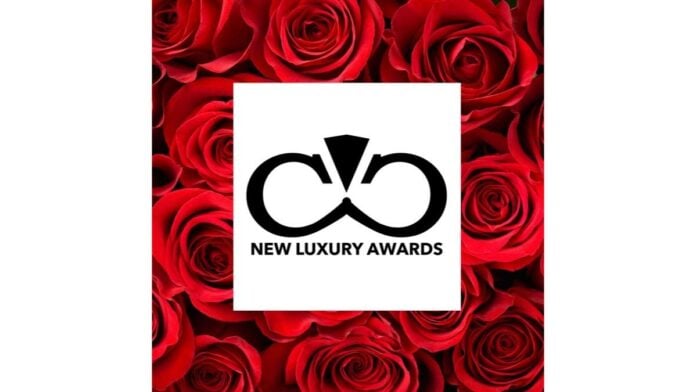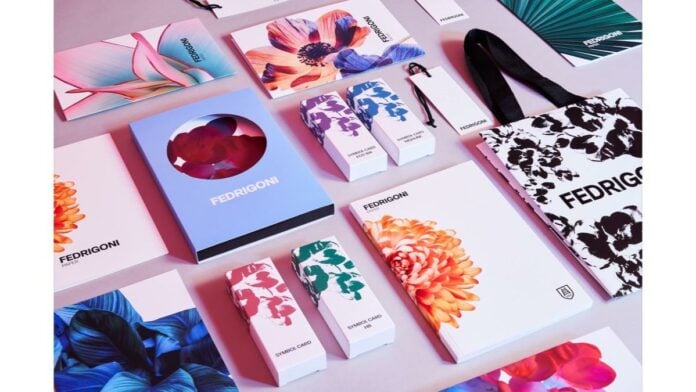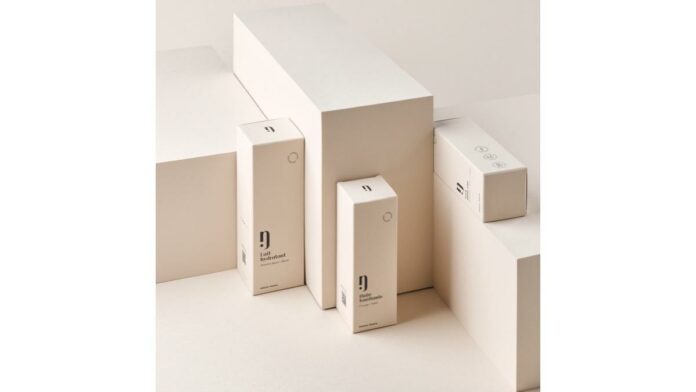A veritable "house of innovation", dedicated to sustainable, recycled and recyclable premium papers and self-adhesive materials, will open its doors this autumn. This 3,000 m2 space, just a stone's throw from the company's headquarters in Verona, will house the R&D department, the FedLab incubator for innovative ideas, the Customer Experience Center and the Customer Academy.
Innovating today means winning tomorrow's challenges. Investing in research and development by pooling knowledge, sharing viewpoints and betting on innovation processes with companies, universities, start-ups and users of products and services, are all winning solutions for high-performance, sustainable aesthetic innovations.
The Fedrigoni innovation center will be fully operational in the first quarter of 2024. The investment, which will include a share of public funding through PNRR funds, will centralize, coordinate and optimize functions hitherto spread across Italy and Europe.
Despite one of the world's most complex economic contexts, the Fedrigoni Group, one of the world's leading operators in the production of specialty papers for luxury packaging and other creative solutions, as well as high-end labels and self-adhesive materials, has chosen to step up a gear in the research and development sector.
"We are convinced that without continuous improvement, there is no future.comments Marco Nespolo, CEO of the Fedrigoni Group. and this improvement is achieved not only through R&D, but also through the exchange of experience and collaboration between different skills, in order to have the broadest possible vision and seize every opportunity. For example: the ongoing collaboration and co-creation between our teams, our customers and certain strategic suppliers is proving its worth."
"The Innovation Center, continues Marco Nespolo, aims to become the home of innovation for the world of specialty papers for packaging and creative communication, labels and quality self-adhesive materials: a space to bring together the best talent, both internally and externally. Here, we will build the most advanced technological solutions to develop specific projects, products and applications that support customers in the ecological transition."
Examples include RFID sensors for smart papers, not just labels, or the introduction of papers as alternatives to plastic, including tear-resistant, greaseproof, waterproof and translucent papers. These papers are made from renewable fiber sources, and many are manufactured from fully recyclable raw materials.
Customers themselves will be able to participate even more effectively in the creative process, thanks to a dedicated area where they can immerse themselves in the Fedrigoni world. In particular, they will be able to test products using augmented reality, as well as creating prototypes and customized solutions. This ambitious project will include collaboration with suppliers and strategic partners, with the aim of creating a significant impact on the Group's entire ecosystem.
Four complementary areas
The innovation center will comprise four complementary areas. The first will house the Group's Research, Development and Innovation team, with laboratories for the analysis of new raw materials, starting with recycled fibers and alternatives to cellulose. State-of-the-art machinery will enable innovative treatments to be tested and prototyped while minimizing environmental impact. Printers for digital printing trials, including the HP Indigo 7 K Digital Press for which Fedrigoni will be the center of competence for Italy in partnership with HP Indigo. Last but not least, a fully automated sample library - the only one of its kind in the world - will hold over 8,000 samples of special papers.
The second, multifunctional, modular space will be dedicated to FedLab. This incubator-accelerator focuses on the emergence of new, highly sustainable ideas, products, services or processes. It benefits from an ecosystem made up of Italian and foreign universities and research centers such as the Universities of Milan, Naples and Pisa, the Grenoble International School of Paper Engineers Inp-Pagora and the Centre Technique du Papier (CTP), companies and start-ups that can work together in co-working spaces.
The third space will house the Customer Experience Center, where, thanks to the presentation of real or virtual products, accessible via touch screens and tables, Fedrigoni will offer various interactive and immersive experiential paths. The unit is designed to meet the needs of all visitors, from brands to investors, from graphic designers to printers and converters, from institutions to graphic design and communications students, and even school groups on field trips. Each visitor will be able to design and configure a customized product in real time. Thanks to a crowdsourcing system, those interested can also contribute their ideas and views on the development of new solutions.
Finally, the fourth space will house the Customer Academy, a learning and training center for the entire Fedrigoni community: colleagues, customers, partners and university students. It will aim to become a reference point for the entire world of specialty papers and self-adhesive materials. It will be possible to take part in events, share skills and knowledge, while intensifying collaboration towards sustainable growth.
A new collection of papers for packaging and publishing
Fedrigoni Paper's traditional Symbol Card range has been enhanced with a complete and versatile collection of papers dedicated to packaging and publishing. Called Symbol Card & Pack, this new offering combines technical performance and creativity.
While historically, the Symbol Card range was dedicated to traditional applications, the aim of this new collection is to offer the packaging and publishing market cross-functional solutions for a complete, versatile offering. "Thanks to the strength of our R&D, we now have a multi-faceted range that allows us to express the most creative ideas in all fields", explains Micaela Di Trana, Fedrigoni Paper's Marketing and R&D Director.
With 28 references to choose from, Symbol Pack is a 1-sided satin-finish coated graphic board made from environmentally-friendly ECF cellulose and FSC® certified. Available in White and Premium White, it has been designed to meet the needs of all premium packaging applications (folding cartons, covered boxes, shopping bags, etc.) for which it guarantees surface whiteness and high print quality. Symbol Pack ensures detail definition even on large volumes. It is highly lightfast, can be die-cut and finished in any way, and is compatible with all printing techniques (letterpress, offset, embossing, hot foil stamping, thermography and screen printing).
By optimizing the composition of the paste used and a specific coating, excellent performance and perfect grooving were achieved.
The Symbol Card & Pack collection also includes new textured papers. Derived from the Symbol Card range, they are embossed and available in six patterns. In addition to embossed papers, the range includes references dedicated to the manufacture of shopping bags (Symbol Bags) and box covers (Symbol Wrap Eco40), incorporating a minimum of 40 % of recycled paper.




